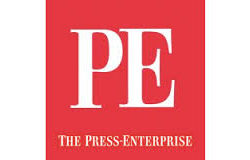Dr. Bareh talks to The Press-Enterprise about fertility practices reducing the chance of twin births through e(SET).
The Press-Enterprise of Riverside, CA, reported that nearly 34 of every 1,000 babies born in 2014 were twins, a record rate, according to a report from the Centers for Disease Control and Prevention. Of the nearly 3.9 million babies born in the U.S., 135,300 were twin births.

The increase, only slightly above the year before, was reported to be due to women waiting to have babies and turning to fertility treatments. Both can lead to multiple births of twins or more.
Dr. Gihan Bareh, a reproductive endocrinologist at the Loma Linda University Center for Fertility and IVF, said the field of fertility medicine has an effective way to reduce those numbers by only implanting one embryo with in vitro fertilization (IVF). She noted that implanting more embryos after does not increase the chance of getting pregnant, but it does increase the odds of having multiple babies.
“When you’re putting back two embryos, it doesn’t mean you’ll have two children, because one could split. It could be triplets,” she said.
Doctors now have the ability to do preimplantation genetic testing to determine if an embryo is viable, Bareh said. They can implant a single embryo instead of several because there is a greater chance the single embryo will result in a healthy pregnancy. This is known as elective single embryo transfer (eSET).
“You’re not just cutting down the twin rate, you’re cutting down a lot of the morbidities that go with it,” she said.
